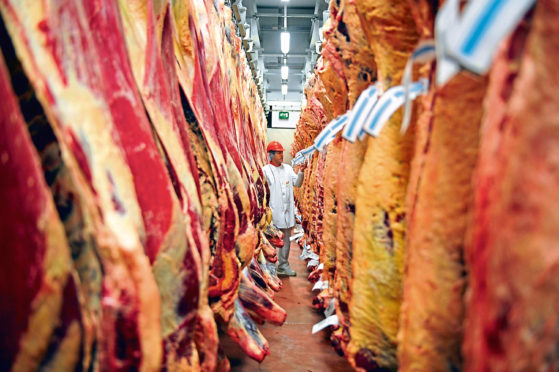In the cut and thrust of the Brexit negotiations the issues to be resolved remain the same, but it is Brussels that is now playing hard ball.
Talks were delayed when one of the EU team tested positive for coronavirus, forcing the rest into self-isolation.
That has been lifted but the chief EU negotiator, Michel Barnier, then suggested he would not come to London unless the government shows a willingness to compromise over the sticking points – fish, state aid and governance of a deal.
The UK Office for Budget Responsibility warned that with growth rates set to plunge, a “no deal” Brexit outcome would make a bad situation even worse.
The EU has hinted at buying off French opposition to a fisheries deal with a special package of aid measures.
This prompted the Irish to claim this should extend to its beef industry because it would be hit by Brexit – despite the fact that a deal on tariff-free trading would protect access to the UK market for Irish beef.
Meanwhile, COPA-Cogeca, the organisation that represents European farmers, says the industry across Europe is suffering market problems because of veterinary issues and the second coronavirus wave.
It paints a picture of a number of factors coming together to undermine markets and returns, including the trade dispute over aircraft subsidies which led to punitive tariffs from the US on European exports, avian flu and African swine fever.
These were all made worse by the second Covid wave, which the organisation says has hit a number of sectors hard, including horticulture, wine and meat.
It claims beef has been hit particularly hard by the new restrictions, including the loss of the food service sector.
COPA says the second wave hit before the industry could recover from the effects of the first lockdown.
On a more positive note, the European Commission says recent favourable weather conditions have allowed winter cereal planting to catch up across much of Europe.
It says, however, the improvement in the weather arrived too late to help rapeseed planting and that the area sown will be down on last year and well below the five-year average.
